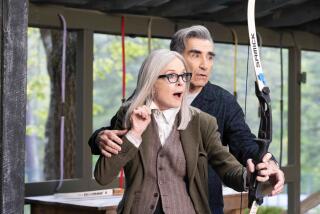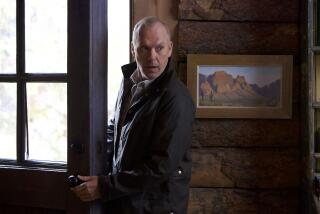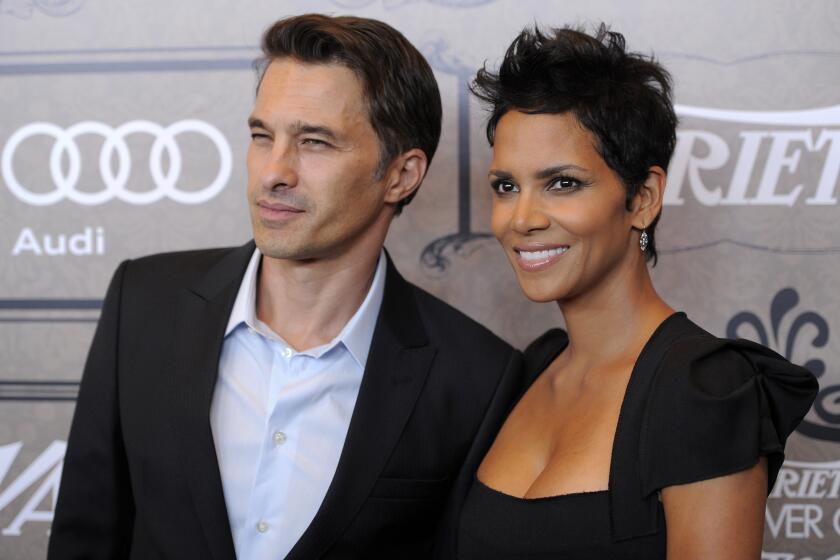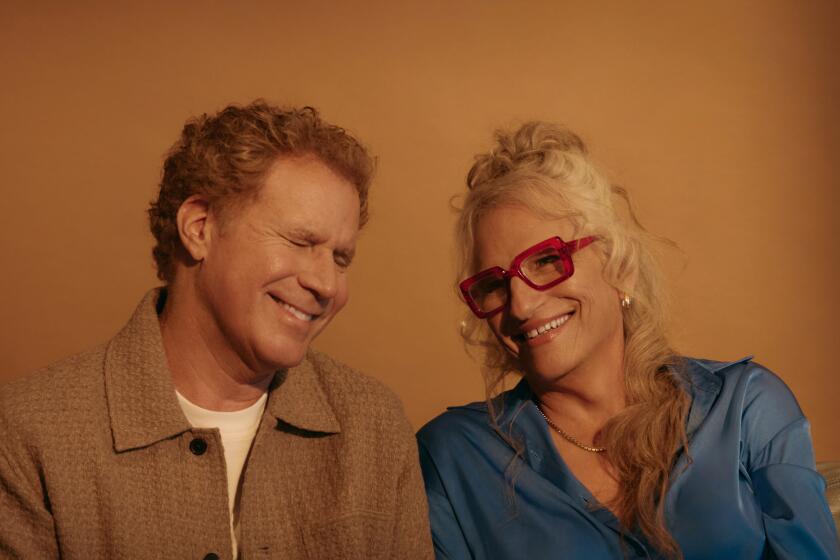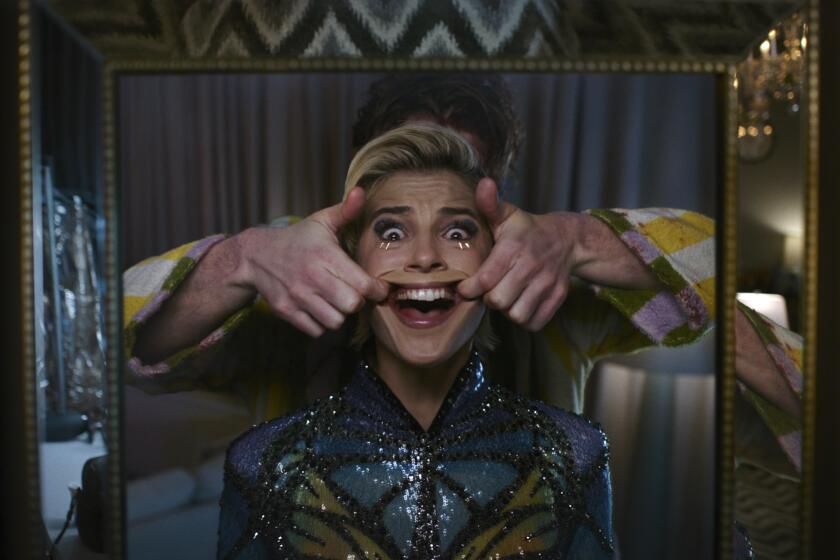The end of the line for an independent Keaton
Montages of Buster Keaton’s career inevitably climax with two images. The first, from “Steamboat Bill Jr.,” is of Keaton standing unawares as the entire front wall of a house crashes down around him. He escapes mortal injury only by the grace of an attic window.
The second, from “The General,” is of a massive iron locomotive attempting to cross a flaming wooden bridge over a swollen river, then plunging into the water after the structure collapses amid a shower of blazing timbers.
Keaton isn’t even present in the second shot, and his role in the first is apparently passive -- only after the wall hits the ground do you appreciate the nerve it must have taken to plant his feet and wait for it to fall. But both scenes demonstrate the lengths to which Keaton was willing to go to pay off a gag and his mastery of the mechanics of silent comedy.
“The General,” newly re-released by Kino International in a restored and expanded two-disc DVD edition, represents Keaton at his absolute best. Inspired by an incident drawn from the early years of the American Civil War, the movie is, in essence, one long chase scene, with Keaton’s Rebel engineer first pursuing and then pursued by a group of Northern spies attempting to stage a sneak attack on Confederate forces. (Keaton thought 1927 audiences would resent a movie that made the South the villain.)
There’s more at stake than war, though. The sweetheart (Marion Mack) to Keaton’s character mistakenly believes he was too cowardly to enlist in the Army. In fact, he was refused entry on the grounds that he could be more useful in his civilian post, and that sets up a situation in which he must prove his masculine worth, not only to his lady love but also to himself.
The gags in “The General” unfold with immaculate precision, at once outlandish and utterly logical. When the Northern spies steal his beloved engine, Keaton takes over another one and follows fast. He hitches his train to a mobile cannon, and, after much struggle, manages to light the fuse only to accidentally uncouple the cannon as he heads back to the controls.
A bump in the track knocks the muzzle of the cannon downward until it is pointing right at him, the fuse continuing to burn. But a last-minute bend in the track saves the day: Keaton’s train swerves left and the cannonball zooms straight ahead, narrowly missing its quarry.
Keaton and his co-director, Clyde Bruckman, one of his most valuable gag writers, stage the payoff in a single, unmoving shot, the visual equivalent of Keaton’s exquisite deadpan.
Even some of Keaton’s admirers have said that the gags in his later films are too astonishing to be funny. It is difficult to laugh when your breath has been taken away, and the sense of tactile reality only adds to the amazement.
Keaton shot much of “The General” outdoors in Oregon, where the narrow-gauge tracks that could accommodate antique locomotives were still in use. The film’s hard-edged look was inspired by the battlefield photographs of Mathew Brady, which captured the carnage of the Civil War in shocking detail. The tracks stretch into the distance, and you can count every railroad tie.
Only a year after “The General’s” release, the always-independent Keaton made the mistake of signing a contract with MGM, whose regimented ways clashed with his scrupulous perfectionism. Five years later, the studio fired him, and Keaton drifted into obscurity.
If “The General” represents Keaton at his peak, it is in part because he never had the chance to go higher.
--
More to Read
Only good movies
Get the Indie Focus newsletter, Mark Olsen's weekly guide to the world of cinema.
You may occasionally receive promotional content from the Los Angeles Times.

